In this article, we will explore the intricacies of obtaining and maintaining a UAE driving license. From eligibility criteria and application processes to the types of licenses and necessary tests, we cover everything you need to know to navigate the roads of the UAE legally and safely. Whether you’re a resident planning to drive for the first time, an expat considering converting your foreign license, or simply looking to update or renew your existing license, this guide provides the essential information to ensure you meet all legal requirements and drive confidently within the UAE.
Brief Overview of Driving in the UAE
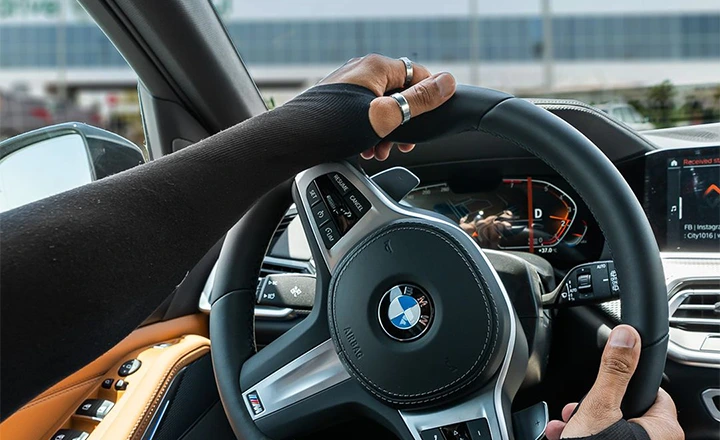
Importance of Holding a Valid UAE Driving License
Eligibility Criteria
The age requirement for obtaining a UAE driving license varies depending on the type of vehicle license. For light motor vehicles, applicants must be at least 18 years old. However, for motorcycles and heavy vehicles, the minimum age is set at 17 and 20 years old respectively. It’s important for potential drivers to meet these age requirements before they can enroll in a driving school and start the application process.
Residency Status Requirements
Necessary Legal Documents
Applicants are required to submit a variety of documents to proceed with their driving license application. These typically include:
- A completed application form is available at authorized driving schools or through the official traffic department websites.
- A copy of a valid passport and visa to prove residency and identity.
- Emirates ID to confirm residency status.
- A no objection certificate (NOC) from the employer or sponsor, is particularly necessary for expatriates.
- Recent passport-sized photographs.
Types of Driving Licenses
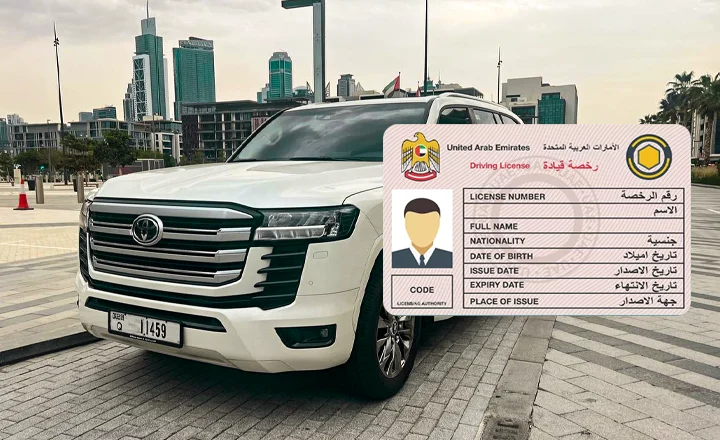

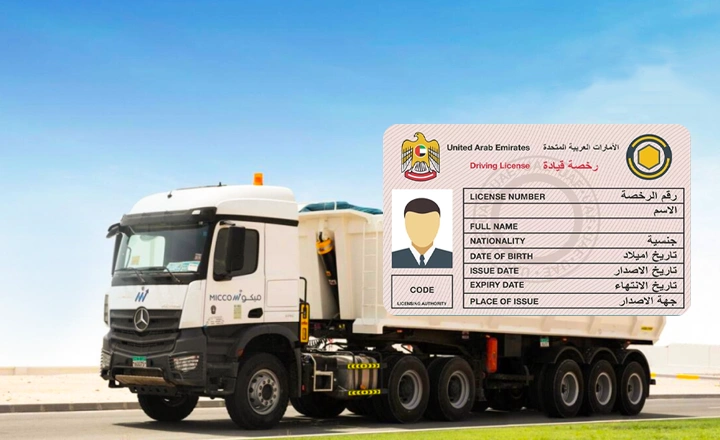
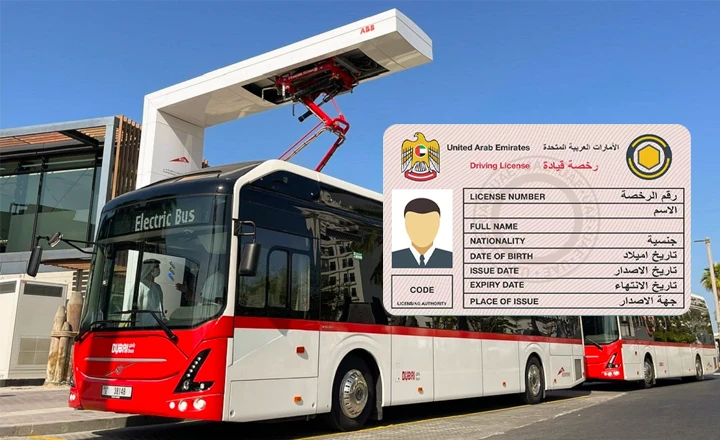
The Application Process
- Determine Eligibility: Ensure you meet the age and residency requirements for the type of license you are applying for.
- Gather Documents: Collect all necessary documents, including your Emirates ID, passport and visa copies, passport-sized photos, and a no objection certificate (NOC) from your employer or sponsor.
- Enroll in a Driving School: Register at an accredited driving school. You will receive a file number which is used to track your application and test results.
- Attend Training Classes: Complete the mandatory theoretical and practical training sessions provided by the driving school.
- Pass the Tests: You must pass a theory test followed by a parking test and a final road test. The number of attempts you may need can vary based on your proficiency.
- Submit Application and Fees: Once you pass all tests, submit your application along with the required documents and fees to the driving school, which will process it on your behalf.
Required Documents and Where to Submit Them
- Emirates ID
- Passport and visa copy
- Recent passport-sized photographs
- NOC from employer or sponsor
Details About Online Registration
- Many steps of the application process, including initial registration, booking of theory classes, and payment of fees, can be completed online through the official portals of accredited driving schools or directly via the traffic department’s website.
- Online registration offers the convenience of handling various aspects of the process from home, such as scheduling appointments for tests, renewing the license, and checking the application status.
The Learning Process
The UAE is home to numerous accredited driving schools, well-equipped to train aspiring drivers. These schools are regulated by the UAE’s traffic authorities to ensure they meet high standards of education and safety. Major cities like Dubai, Abu Dhabi, and Sharjah offer a variety of schools, such as Emirates Driving Institute, Belhasa Driving Center, and Galadari Motor Driving Centre, each providing different packages and facilities that cater to a wide range of needs and budgets. These schools also offer training in multiple languages and include state-of-the-art driving simulators and dedicated training areas.
Description of Theoretical and Practical Training
- Theoretical Training: This component includes classroom sessions where learners are taught the basics of road signs, traffic laws, and vehicle maintenance. It also covers lessons on the behavioral aspects of driving, such as road rage management and the importance of patience on the road. Many schools provide these lessons through interactive classes and e-learning modules.
- Practical Training: After completing the theoretical part, learners move on to actual driving lessons. These are conducted in specially designed practice areas and on real roads to give learners a comprehensive driving experience. Training vehicles are typically equipped with dual controls to allow instructors to take over in case of an emergency. The number of required practical sessions can vary based on the learner’s previous driving experience and skill level.
Importance of Road Safety Education

Tests and Assessments
The Road Test: Once the theoretical and practical training sessions are completed, applicants must pass the road test to get their driving license. During the road test, a traffic authority examiner will assess the applicant’s ability to drive in real traffic conditions. The examiner will look for proper handling of the vehicle, adherence to traffic laws, and the driver’s ability to make safe decisions on the road. The test typically includes maneuvers such as starting and stopping, turning, overtaking, and parking. The road test can be nerve-wracking, but it is the final step to demonstrating that one is capable of driving safely and independently.
Tips for Passing the Tests on the First Attempt
- Prepare Thoroughly for the Theory Test: Review all study materials provided by the driving school thoroughly. Many schools offer sample tests; take these practice tests seriously to familiarize yourself with the format and types of questions asked.
- Practice Consistently: Take advantage of all practical driving sessions offered by the driving school. Ask for feedback from your instructor regularly and work on areas where you need improvement.
- Understand the Test Route: If possible, familiarize yourself with the testing area. Knowing common routes or tricky intersections can help reduce anxiety during the test.
- Stay Calm and Focused: On the day of the test, ensure you are well-rested and calm. Nervousness can affect your driving ability, so take deep breaths and focus on the task at hand.
- Follow All Traffic Rules: During the road test, make sure to obey all traffic signs and signals, use mirrors frequently, signal all turns, and maintain proper lane discipline.
- Be Confident and Decisive: Show confidence in your driving, but remain cautious. Hesitation can sometimes be as dangerous as recklessness.
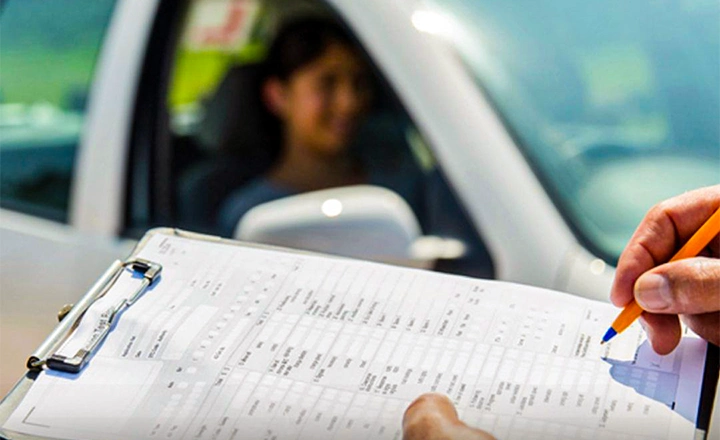
Converting Foreign Licenses
The UAE allows the conversion of valid driving licenses from many countries without the need for additional driving tests. These countries typically include but are not limited to the UK, USA, Canada, Australia, New Zealand, South Africa, and most EU countries. Each emirate might have a specific list of countries whose licenses can be directly converted, so it’s essential to check the latest information from the local traffic authority.
The Process of Conversion
- Verification of Eligibility: Check with the traffic department in your emirate to ensure your current license is from a country eligible for conversion and is valid.
- Eye Test: Undergo an eye test at an approved optician or driving school, as this is a prerequisite for the conversion process.
- Submission of Documents: Present all required documents (detailed below) at the RTA office or through an approved driving school that offers license conversion services.
- Pay the Fee: Pay the necessary fee for processing the conversion. This can usually be done at the traffic department counter or online, depending on the emirate.
- Receive Your UAE License: Once your application is approved and the fee is paid, your new UAE driving license will be issued. The process can take a few hours to a few days, depending on the specific procedures of the emirate.
Required Documents for Conversion
- Original Driving License: Must be valid and from an approved country.
- Passport and Visa Copies: To prove your identity and residency status in the UAE.
- Emirates ID: A mandatory identification card for UAE residents.
- Eye Test Report: From an approved optician or medical center in the UAE.
- No Objection Certificate (NOC): Some emirates require a NOC from your employer or sponsor, although this is not universally required across all emirates.
- Passport-Size Photographs: Typically at least two recent photos are needed.
Renewing and Updating Licenses
Online and Offline Renewal Processes
- Log in to the Official Portal: Use the RTA website or its mobile app. First-time users need to create an account.
- Upload Necessary Documents: This may include a copy of your Emirates ID, passport, visa, and a recent eye test report if required.
- Pay the Renewal Fee: Complete the payment through the online portal. The fee varies depending on the emirate and the license validity period.
- Receive Your License: Once processed, the renewed license can be delivered to your address or picked up at a designated location.
- Visit an RTA Service Center: You can go to any authorized driving school or RTA office.
- Submit Required Documents: Provide your Emirates ID, a copy of your existing driving license, new passport-size photographs, and an eye test report.
- Pay the Renewal Fee: Make the payment at the service center.
- Collect Your Renewed License: Usually, you can receive your renewed license on the same day unless there is a need for further verification.
Updating Personal Information on the License
Penalties and Violations
Additional Services
- Tailored Driving Lessons: Accredited driving schools offer customized vehicles equipped with special modifications to accommodate various disabilities. Instructors trained to work with disabled drivers ensure that training is effective and sensitive to individual needs.
- Vehicle Modification Permits: The traffic department provides permits for vehicle modifications, allowing changes that help adapt vehicles to the specific needs of disabled drivers.
- Priority Services: At RTA centers and other facilities, individuals with disabilities often receive priority services to reduce wait times and ensure a smoother process for licensing and other vehicle-related services.
- RTA Dubai App and Abu Dhabi Police App: These apps allow users to renew their driving licenses, pay fines, and book appointments for tests and other services. They also offer features like tracking your application status and receiving reminders for license renewal.
- E-Learning and Simulation: Some driving schools provide online theory lessons and driving simulations to help learners practice and prepare for their tests remotely.
Emergency Services and Support
- Emergency Roadside Assistance: Services such as roadside recovery, towing, and minor onsite repairs are available through various providers and can often be contacted via mobile apps or emergency phone numbers.
- Accident Reporting Services: In the event of an accident, drivers can use their respective city’s police app (e.g., Dubai Police app) to report minor incidents without waiting for police at the scene, streamlining the process and reducing road congestion.
- Helpline Numbers: Dedicated helpline numbers are available for immediate assistance in road emergencies, offering support in multiple languages.
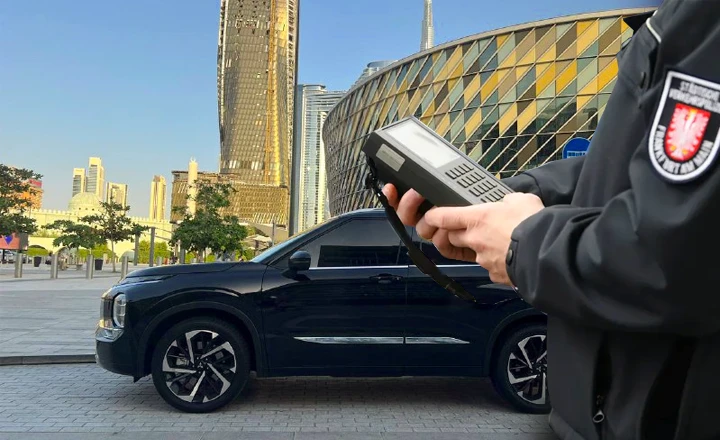
Last Word
FAQs
Yes, tourists can drive in the UAE if they hold an international driving permit along with their valid foreign driving license.
The duration varies depending on the applicant’s driving skills and the number of required training sessions, but typically it can take anywhere from a few weeks to several months.
The minimum age is 18 years for a light vehicle license and 17 years for a motorcycle license.
Yes, residents from certain countries can convert their licenses without taking a driving test, provided their licenses are valid and they meet other specific requirements.
You should report the loss or theft to the nearest police station and apply for a replacement at the RTA or through their online services.
Yes, typically you will need your Emirates ID, a recent eye test report, and a passport-sized photograph for license renewal.
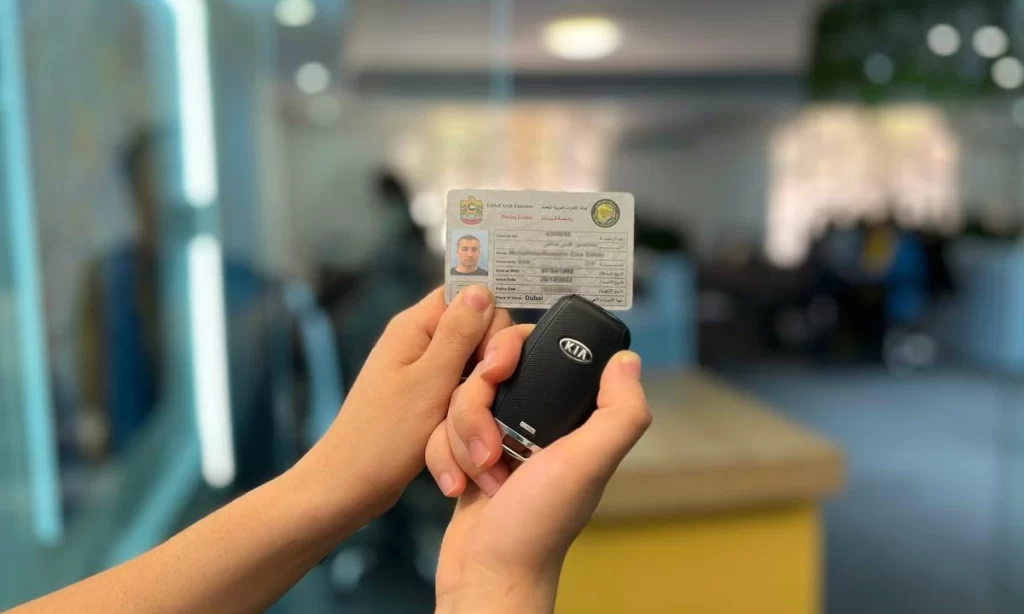

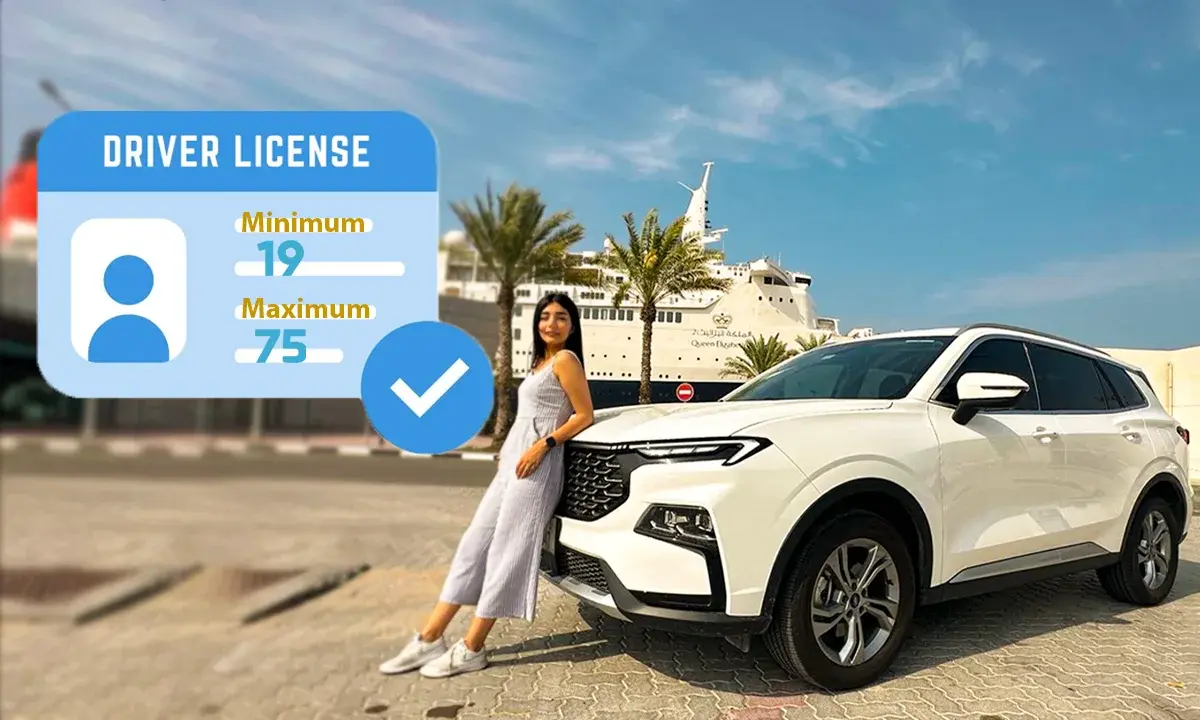
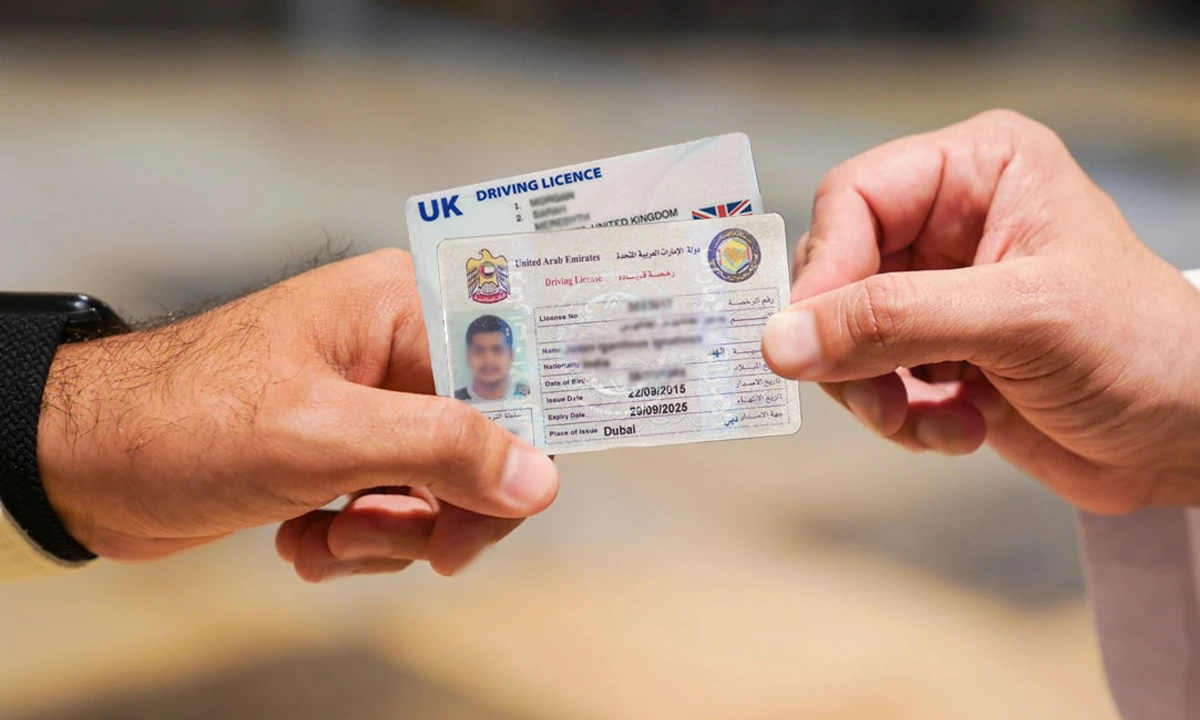

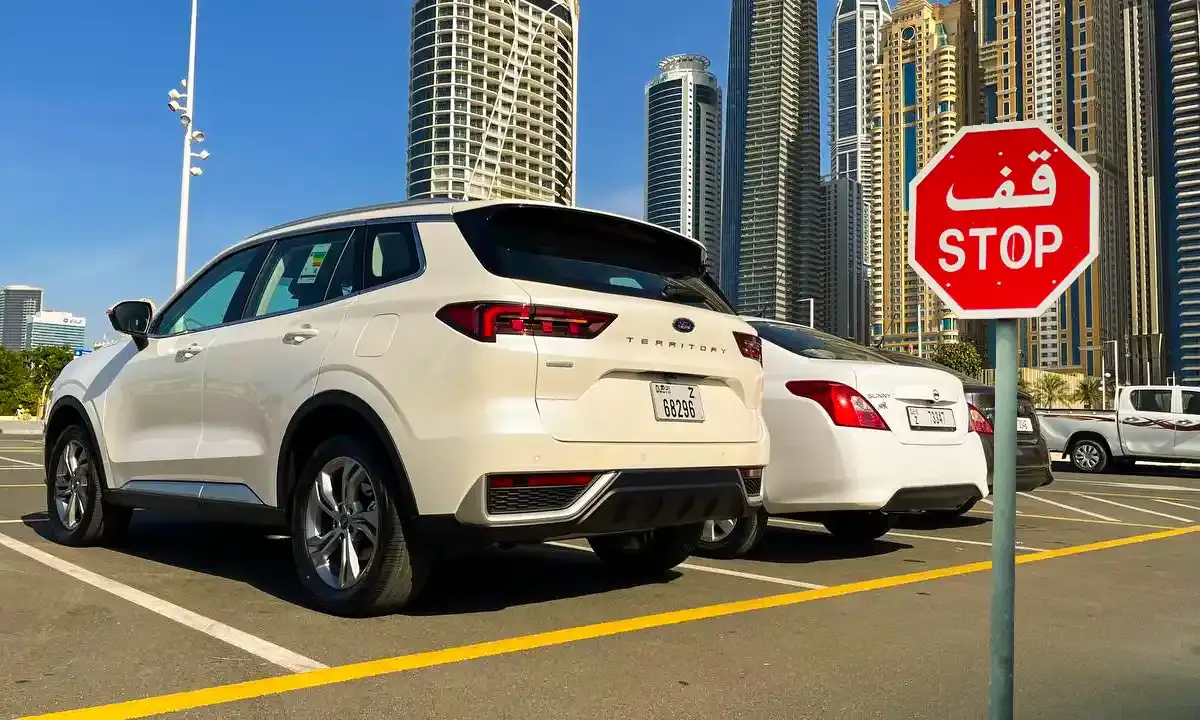
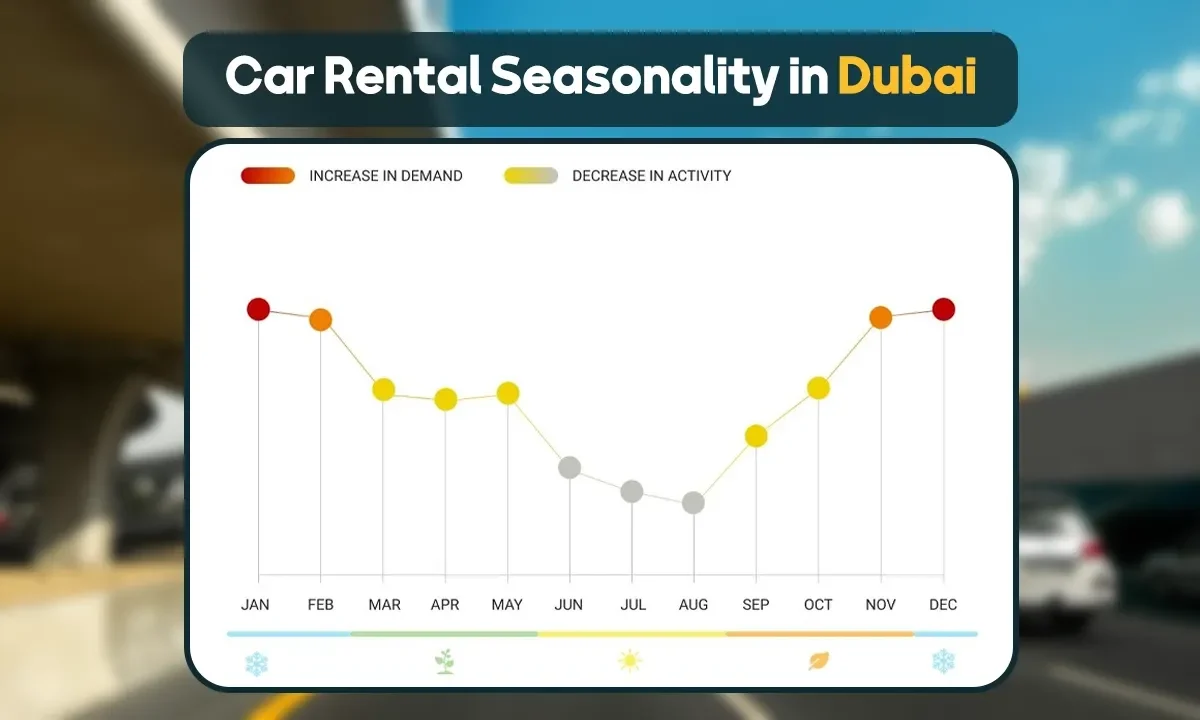














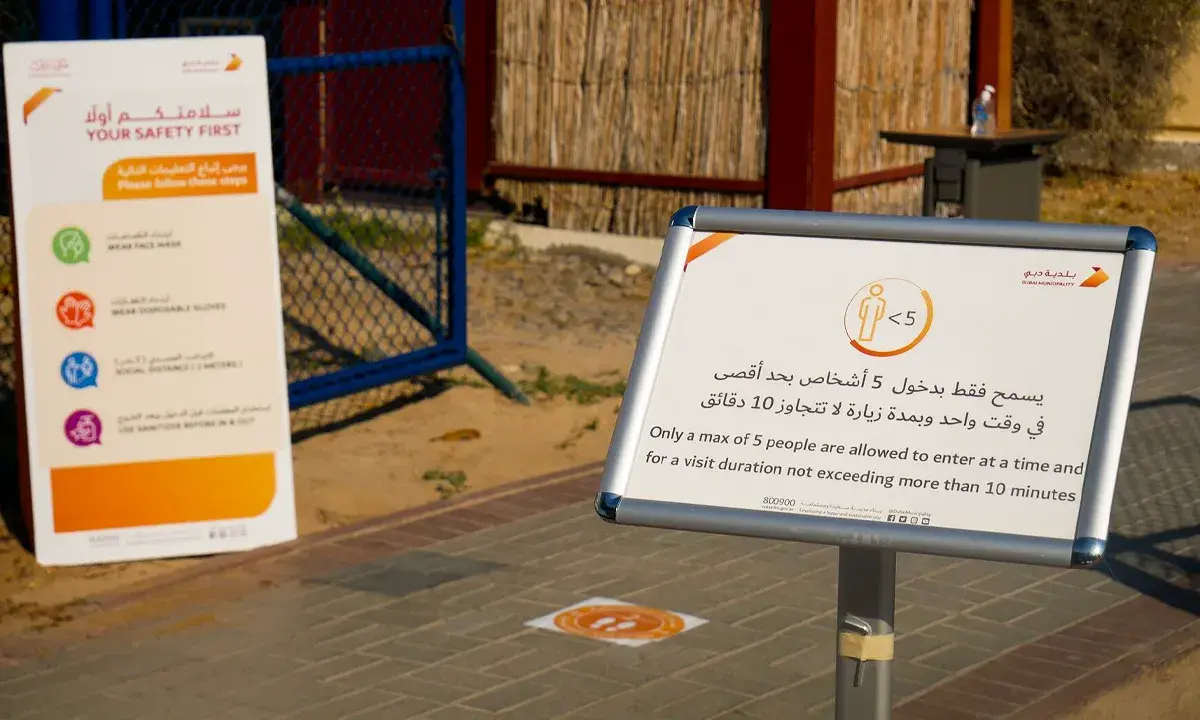




Can I drive with the US driver’s license in the UAE?
Yes, U.S. citizen visitors who are not UAE residents can drive using a valid driver’s license issued by his or her state.